You’ve probably heard it before—“Just rest. Be gentle with yourself.” But when you’re living with chronic pain, that advice can feel… confusing.
What does rest even mean when your body already feels heavy, fatigued, or shut down? And how do you know if you’re actually giving yourself the care you need—or just unconsciously checking out?
This is something I get asked a lot:
“How do I know if I’m truly resting… or avoiding?”
It’s a tender, important question. Especially for those whose pain—physical or emotional—has become a daily companion. And while there’s no one-size-fits-all answer, there is a way to begin listening more closely to what your body and nervous system are really asking for.
Let’s explore the difference together—not to judge or “fix” anything, but to develop a more nuanced relationship with awareness, healing, and the energy of our emotional patterns.
Healing Avoidance: When Rest Becomes Disconnection
Avoidance is a survival response—intelligent, instinctive, and often unconscious. Especially in the presence of chronic pain, avoidance can look like numbing, dissociating, overworking, or even spiritual bypassing. In this context, avoidance becomes a way of severing the felt sense of our experience in an effort to protect ourselves from overwhelm.
But healing avoidance requires discernment: What are we trying not to feel? Where are we tightening against truth? Are we mistaking collapse for comfort?
Rest, by contrast, brings us into a conscious relationship with stillness. It allows for integration. It invites coherence—the harmonious entrainment of our physiological rhythms with our emotional landscape.
Chronic Pain and Emotions: The Body Remembers Everything
Chronic pain is never just physical. It’s a conversation between body and brain, shaped by past experiences, unintegrated emotions, and the meanings we attach to our perception of sensation. Research continues to affirm what ancient wisdom has long known: pain is an output of the brain, influenced by emotional patterning.
Emotions, like pain, are bodily events. If we’ve spent a lifetime suppressing rage, grief, or fear, these patterns get wired into our nervous system. Over time, they become unconscious defaults—emotional grooves we fall into, again and again.
Coherence work helps us rewrite these patterns. Through biofeedback training in heart-brain coherence and the deep listening offered by Floatation REST, we learn to meet our discomfort not with fear, but with presence. We stop fighting our body and begin partnering with it.
Rest vs. Shutdown: The Energy of Awareness
There’s a world of difference between resting and shutting down. Rest involves presence. It’s restorative, rhythmic, and alive. Shutdown, on the other hand, is marked by numbness, absence, and disconnection. It may feel like rest, but it leaves us fragmented.
In the float tank, this distinction becomes clearer. As external stimuli fade, the body’s defenses soften, and we begin to notice: Am I avoiding sensation—or allowing it? Am I collapsing inward—or finding safety in surrender?
This is the essence of emotional integration: not turning away from what we feel, but turning toward it with new awareness.
Emotional Integration Through Coherence and Healing
To heal is not to eliminate pain but to change our relationship to it. Emotional integration involves becoming aware of the patterns that govern our reactions, our protections, our withdrawals. The Coherence Method at Quantum Clinic offers tools for accessing this awareness.
- Biofeedback helps retrain the nervous system toward heart-brain synchronization.
- Floatation REST with frequency therapy facilitates deep, non-sleep rest—a unique window for neuroplastic change.
- Expressive Arts Integration allows what was once unspeakable to find form and flow.
Through these practices, healing becomes less about escape and more about embodiment.
Rewiring Emotional Patterns: From Protection to Participation
Avoidance often stems from an outdated map of safety. But through coherence, we build a new one. We shift from guarding against life to participating in it.
This is not about pushing through pain or bypassing it with positivity. It’s about being with pain from a place of openhearted awareness. We begin to recognize the difference between true rest and familiar shutdown. Between hiding from our emotions and integrating them.
In this way, coherence becomes a compass. It guides us not away from discomfort, but deeper into the mystery of what it means to be whole.
Final Thoughts: Rest Is Sacred. So Is Awareness.
Healing isn’t about choosing between rest and action. It’s about knowing the quality of our stillness. Are we resting to renew? Or avoiding to escape?
When we orient toward inner balance, even our rest becomes intentional. It becomes sacred.
So the next time you feel the pull to withdraw, pause. Listen. Not just to your thoughts, but to the quiet intelligence of your body.
Because the real question isn’t whether you’re resting or avoiding.
It’s: Can you tell the difference?
Kindly –
Dr. Katelyn
🌱 Want to stop avoidance behaviors once and for all?
The Coherence Journey is our signature self-paced course—a transformative experience grounded in cognitive behavioral therapy, Buddhist psychology, and somatic awareness practices.
This isn’t just about mindset—it’s about embodiment. You’ll learn how to shift from ego-based survival patterns into eco-aligned coherence, repatterning your nervous system for safety, connection, and presence.
If you’re ready to stop reinforcing those avoidant thought patterns and start showing up with clarity, compassion, and self-trust—this might be your next step.
✨ Join The Coherence Journey and begin real change from the inside out.
[Start your journey →]

